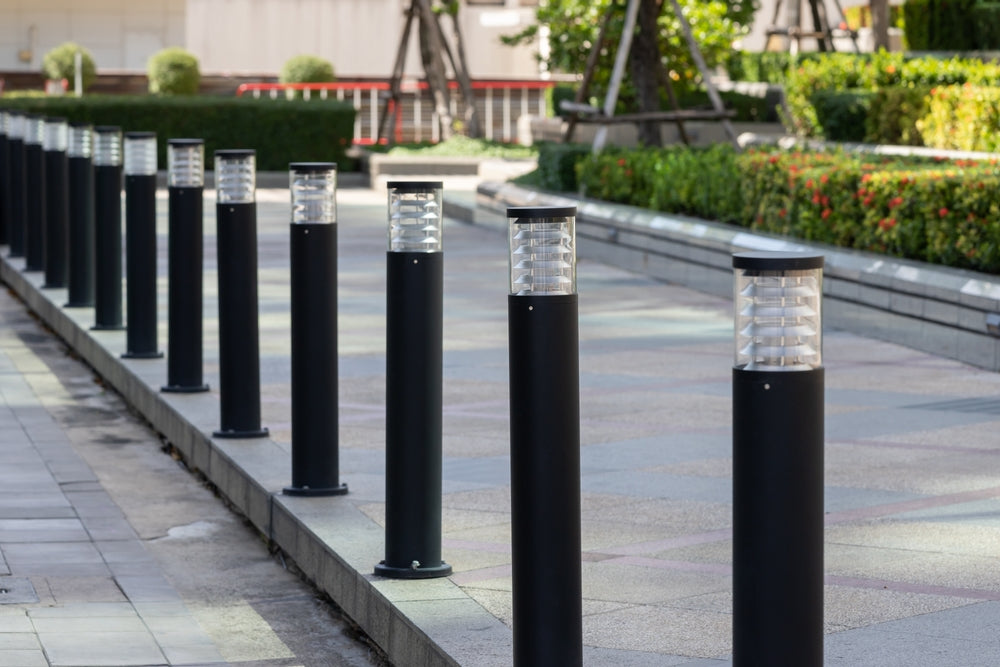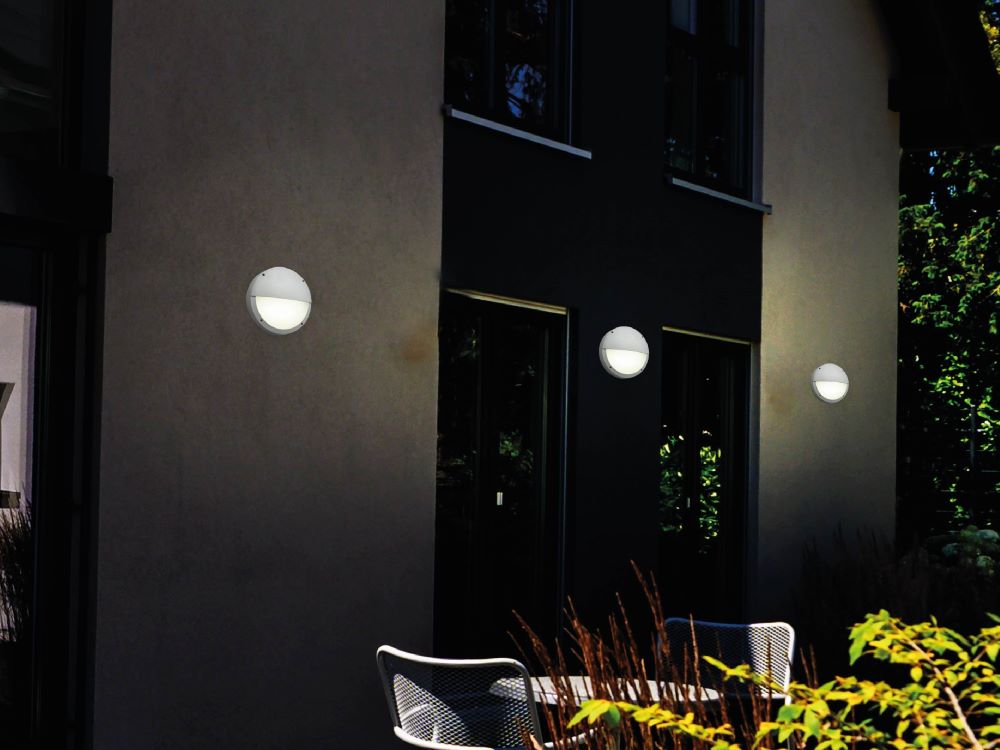What is the Importance of Material Selection in Pole Mounting?
Material selection plays a crucial role in pole mounting. It determines the durability, weight, and resistance of the pole to weather conditions. Typically, poles are made of metal (e.g., steel or aluminum), wood, or fiberglass. Metals offer high strength and durability, whereas wood and fiberglass are lightweight. However, wood may be susceptible to decay, and fiberglass might not be as robust as metals.
What Role Does the Height of the Pole Play in Pole Mounting?
The height of the pole in pole mounting can impact signal strength, visibility, and safety. For instance, telecommunications equipment mounted on taller poles can cover larger areas, while security cameras or lights need to be at the right height for optimal performance. Safety considerations also require the pole to be of a suitable height to avoid interference with power lines or other structures.
What Equipment is Needed for the Pole Mounting Process?
The equipment needed for the pole mounting process typically includes the pole itself, brackets or mounts for attaching the equipment to the pole, bolts and screws, a ladder, a level to ensure the pole is upright, a wrench or other tools for tightening the hardware, and safety equipment like hard hats and gloves.
How Does Pole Mounting Affect the Performance of Mounted Equipment?
Pole mounting can significantly affect the performance of the equipment. For example, in the case of solar panels, they need to be mounted at an angle that captures maximum sunlight, which can be achieved effectively through pole mounting. Similarly, security cameras, telecom equipment, and lighting fixtures need to be installed at appropriate heights and angles for optimal performance.
What Precautions Should be Taken When Installing Pole Mounted Equipment in High Wind Areas?
In high wind areas, it's critical to select poles and mounting hardware capable of withstanding the wind load. The equipment should also be installed as low as possible to reduce wind exposure. Additional measures may include using guy wires for added stability and ensuring the pole is firmly secured in the ground.
What is the Lifespan of Pole-Mounted Installations?
The lifespan of pole-mounted installations depends on factors such as the quality of materials used, weather conditions, maintenance practices, and the type of equipment mounted. With regular maintenance and good-quality materials, pole-mounted installations can last for several years.
Can Pole Mounting be Utilized for Indoor Applications?
While typically used outdoors, pole mounting can also be utilized for certain indoor applications. For example, in warehouses or large indoor facilities, pole-mounted lighting or security cameras can provide effective coverage. However, indoor poles may need different materials or designs compared to outdoor poles due to different environmental conditions.
Are There Any Special Training or Skills Required for Pole Mounting?
While basic pole mounting can be performed with common hand tools and a basic understanding of the process, professional installation is recommended for complex equipment like telecom antennae, solar panels, or large lighting fixtures. Knowledge about safety protocols, proper use of tools, understanding load capacities, and the ability to work at heights are some necessary skills for pole mounting.
What are the Environmental Impacts of Pole Mounting?
The environmental impacts of pole mounting can vary. On one hand, pole-mounted solar panels can contribute to renewable energy production, reducing reliance on fossil fuels. On the other hand, the production and disposal of poles, especially metal or treated wood ones, can have negative environmental impacts. Therefore, selecting environmentally friendly materials and recycling old poles can help mitigate these impacts.
What Materials are Commonly Used for the Base of Pole Mounts?
Materials for the base of pole mounts typically include concrete, often with a metal anchor embedded for added stability. Dry cement mix, quick-set concrete, and even steel stakes can also be used. The material chosen often depends on the application, the type of soil, and the weight and wind load of the mounted equipment.
What are the Differences Between Dry Cement, Quick Dry Cement, and Stakes in Pole Mounting?
Dry cement is typically mixed with water onsite before being used to set the pole in the hole. It usually takes several hours or days to fully cure. Quick-dry cement, on the other hand, sets faster, sometimes in as little as 20 to 40 minutes, which can be beneficial in time-sensitive installations. Stakes, typically made of steel, can be used to anchor lightweight poles in the ground without the need for cement. However, they may not provide the same level of stability as a cement base, especially for taller or heavier loads.
How Can Pole-Mounted Equipment be Powered?
Powering pole-mounted equipment depends on the type of equipment and the availability of power sources. Direct wiring to the electrical grid is a common method for permanent installations. For remote or temporary installations, options may include battery power, solar panels, or even fuel cells. In some cases, power over ethernet (PoE) can be used to power devices like security cameras or wireless access points.
How to Select the Right Powering Method for Pole-Mounted Equipment?
Selecting the right powering method for pole-mounted equipment involves considering several factors. These include the power requirements of the equipment, the availability of grid power, the feasibility of running power cables, the duration of the installation, and the potential for using renewable energy sources.
What are the Steps for Wiring Power to a Pole-Mounted Device?
The steps for wiring power to a pole-mounted device depend on the power source and the device. For grid power, it may involve running conduit up the pole, pulling the power cables through, and making the necessary electrical connections. This should always be performed or overseen by a licensed electrician to ensure safety and compliance with electrical codes. For solar or battery power, the steps would involve setting up the solar panel or battery, connecting the charge controller if needed, and running the power cables to the device.
How is Safety Ensured When Working with Powered Pole-Mounted Equipment?
Safety with powered pole-mounted equipment is ensured by following established electrical safety guidelines. This includes turning off the power when working on the equipment, using insulated tools, wearing appropriate personal protective equipment, and having the work performed or overseen by a qualified professional. Grounding or earthing the pole can also be an important safety measure to prevent electrical shocks.
What Factors Determine the Stability of a Pole-Mounted Installation?
Several factors can determine the stability of a pole-mounted installation. These include the material and thickness of the pole, the depth and quality of the base, the weight and wind load of the mounted equipment, and the local weather conditions. Regular inspections and maintenance can also contribute to the long-term stability of the installation.
How to Ensure Proper Grounding in Pole-Mounted Installations?
Proper grounding in pole-mounted installations is critical for safety, especially for powered equipment. This often involves connecting the pole and the equipment to a grounding rod driven into the ground. The grounding wire should be appropriately sized for the electrical load, and all connections should be secure and corrosion-resistant. Grounding should comply with local electrical codes and should be checked regularly for integrity.
What Other Materials and Methods Can Be Used for the Base of Pole Mounts?
Besides concrete and steel stakes, there are several other methods and materials used for establishing a solid base for pole mounts:
- Helical Ground Anchors: Also known as screw anchors, these are designed to be screwed into the ground and can offer a strong, durable foundation for pole-mounted equipment. They can be used in various soil conditions and are usually made of galvanized steel for corrosion resistance.
- Rock Anchors: These are used when the pole needs to be installed on a rocky surface. The anchor is drilled directly into the rock and then secured with a specific adhesive, providing a strong hold.
- Cross-Base Mounts: These are used primarily for temporary installations. A cross-base mount uses a flat, cross-shaped metal base that rests on the ground. The pole is attached to the center of the cross. While not as sturdy as a buried base, this method allows for portability.
- Drive-In Ground Spikes: Similar to stakes but typically larger and more robust, these are driven directly into the ground, and the pole is inserted into the spike's top. This method is often used for temporary or lighter pole installations.
What's the Difference between Concrete, Helical Ground Anchors, and Cross-Base Mounts for Pole Mounting?
Concrete is a traditional, robust solution often used for permanent installations. Once it sets, it offers excellent stability. However, it takes time to cure and may not be suitable for all soil types or temporary installations.
Helical ground anchors are screwed into the ground, providing a strong hold that can be used in various soil conditions. They offer quicker installation than concrete, and while they can be used for permanent installations, they can also be unscrewed and reused, offering some versatility.
Cross-base mounts are primarily used for temporary installations. They don't require digging or curing time, and the pole can be moved relatively easily. However, they don't offer the same level of stability as concrete or ground anchors, particularly in adverse weather conditions.
Each of these options has its advantages and trade-offs, and the choice depends on factors like the nature of the installation, the local soil conditions, the weight and wind load of the equipment, and the need for portability or adjustability.


